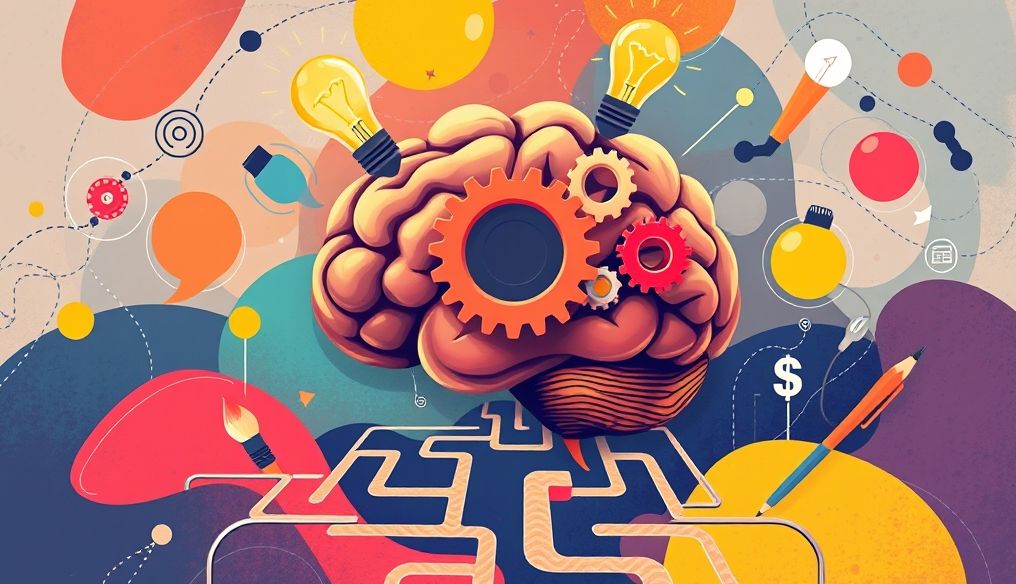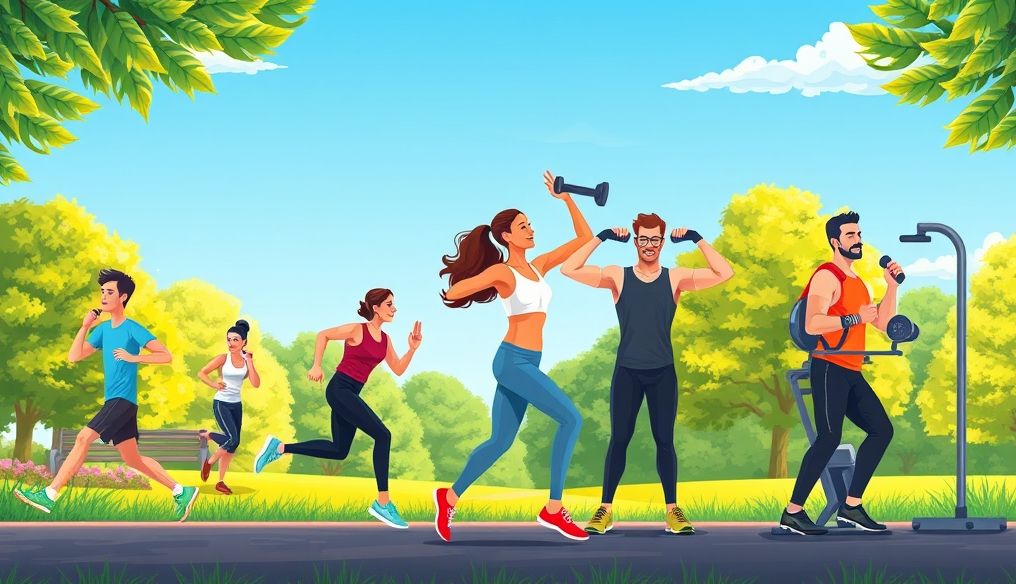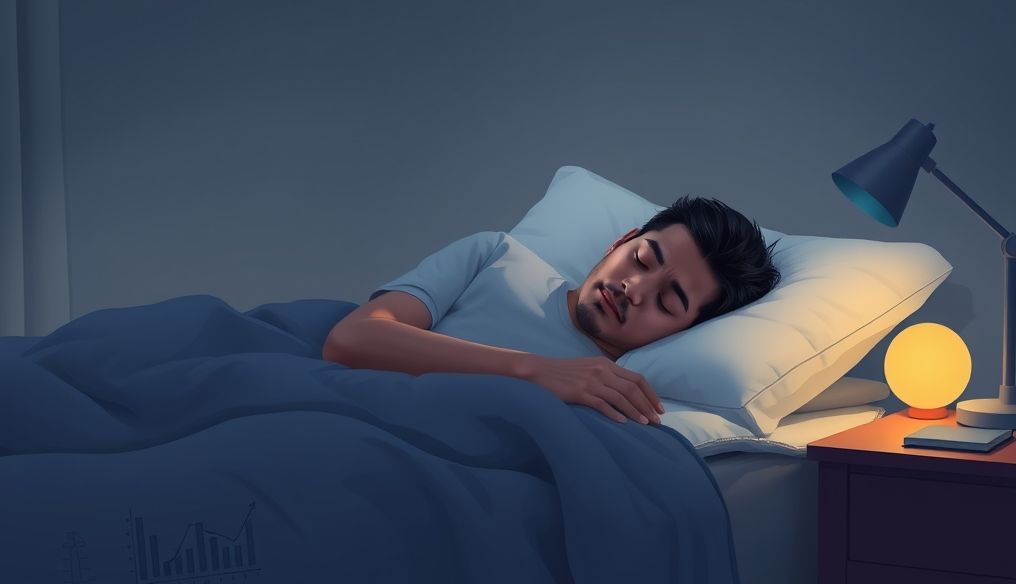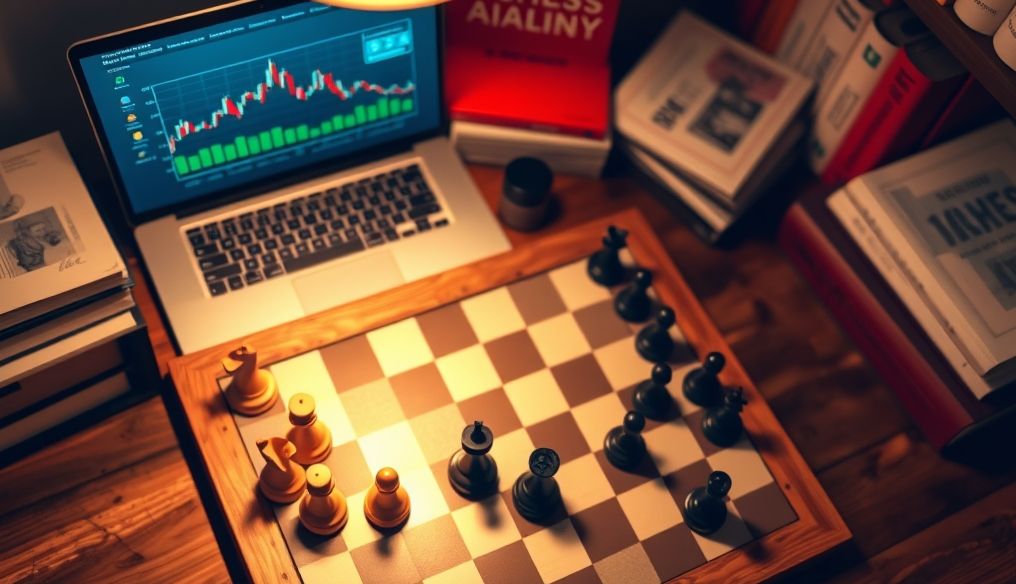How Can You Train Your Brain to Solve Problems Creatively?
In a world characterized by constant change and increasing complexity, the ability to solve problems creatively has become an essential skill for success in various aspects of life. It is no longer enough to rely on traditional solutions; it is necessary to think outside the box and innovate in finding new and effective solutions.
Chapter 1: Understanding Creativity and Problem Solving
Creativity is not just an innate talent; it is a skill that can be developed and enhanced through training and practice. Creative problem-solving requires the ability to see problems from different angles, generate new ideas, and evaluate these ideas and choose the most appropriate one to implement.
- What is Creativity? Creativity is the ability to generate new, innovative, and valuable ideas.
- What is Problem Solving? Problem solving is the process of identifying the problem, analyzing it, developing possible solutions, choosing the best solution, implementing it, and evaluating its results.
- The Importance of Creativity in Problem Solving: Creativity helps to find unconventional solutions to complex problems and contributes to achieving better and more effective results.
Chapter 2: Preparing the Mind for Creativity
Before starting to solve problems creatively, it is essential to prepare the mind for the creative thinking process. This can be achieved in several ways:
1. Eliminating Limiting Beliefs
Limiting beliefs are often the biggest obstacle to creativity. You must get rid of negative thoughts that limit your ability to think creatively, such as "I am not creative" or "This problem cannot be solved."
2. Developing a Growth Mindset
A growth mindset is the belief that abilities and skills can be developed through effort and practice. This mindset encourages continuous learning and trying new things, which enhances creativity.
3. Practicing Meditation and Relaxation
Meditation and relaxation help calm the mind and reduce stress, allowing you to think more clearly and creatively. Meditation can be practiced regularly for 10-15 minutes a day.
Chapter 3: Techniques for Generating Creative Ideas
There are many techniques that can be used to generate creative ideas for problem-solving:
1. Brainstorming
Brainstorming is a group technique aimed at generating as many ideas as possible about a specific problem in a short period of time. All ideas should be encouraged, even those that seem unrealistic or strange.
2. Mind Mapping
Mind mapping is a way to organize thoughts and information visually. Start by writing the main problem in the center, then branch out the ideas and concepts related to it.
3. SCAMPER Technique
SCAMPER is an acronym for a series of actions that can be used to modify or improve an existing idea or product:
- Substitute: What can be substituted?
- Combine: What can be combined?
- Adapt: How can the idea be adapted?
- Modify: What can be modified or enlarged?
- Put to other uses: What are the other uses of the idea?
- Eliminate: What can be eliminated?
- Reverse: How can the idea be reversed or flipped?
Chapter 4: Developing Critical Thinking
Critical thinking is the ability to analyze and evaluate information objectively. This skill is necessary to evaluate creative ideas and choose the most appropriate one to solve the problem.
1. Asking Questions
Asking questions is the basis of critical thinking. You should ask yourself questions about the problem, possible solutions, and the assumptions on which they are based.
2. Analyzing Information
The available information about the problem should be analyzed carefully, and the facts and evidence that support or oppose possible solutions should be identified.
3. Evaluating Sources
Information sources should be evaluated to ensure their credibility and reliability. Multiple sources can be used to get a complete picture of the problem.
Chapter 5: Breaking Routine and Trying New Things
Routine can kill creativity. To train your brain to solve problems creatively, you must break the routine and try new things regularly.
1. Learning New Skills
Learning new skills broadens your horizons and helps you see the world from different angles. You can learn skills such as playing a musical instrument, learning a new language, or practicing a new sport.
2. Traveling and Exploring New Places
Traveling helps to learn about new cultures and different experiences, which broadens your horizons and stimulates creativity.
3. Reading Diverse Books and Articles
Reading books and articles in different fields helps to expand your knowledge and understanding of the world, allowing you to see problems from different angles.
Chapter 6: Using Games and Puzzles to Train the Mind
Games and puzzles are a fun and effective way to train the mind to solve problems creatively. Games such as Sudoku, Chess, and video games that require strategic thinking can be used.
1. Sudoku
Sudoku is a puzzle game based on logic and arrangement. It helps improve focus and attention.
2. Chess
Chess is a strategic game that requires tactical thinking and planning for the future. It helps improve the ability to solve problems and make decisions.
3. Video Games
Video games that require strategic thinking and problem-solving can be a fun and effective way to train the mind.
Chapter 7: The Importance of Sleep and Proper Nutrition
Sleep and proper nutrition play a crucial role in brain health and function. Getting enough sleep and eating healthy foods helps improve focus, memory, and creativity.
1. Adequate Sleep
You should get 7-8 hours of sleep each night. Sleep helps process information and store it in memory.
2. Proper Nutrition
You should eat healthy foods that support brain health, such as fatty fish, nuts, leafy greens, and fruits.
3. Drinking Enough Water
Dehydration can negatively affect brain functions. You should drink enough water to keep the body and brain hydrated.
Chapter 8: Perseverance and Not Giving Up
Creative problem-solving requires perseverance and not giving up. You may face difficulties and challenges along the way, but it is important to keep trying and learning from your mistakes.
1. Accept Failure
Failure is a natural part of the learning process. You should accept failure and learn from it instead of giving up.
2. Be Patient
Creative problem-solving takes time and effort. You should be patient and willing to work hard to achieve your goal.
3. Enjoy the Process
Creative problem-solving can be fun and rewarding. You should enjoy the process and celebrate your small successes.
By applying these tips and techniques, you can train your brain to solve problems creatively and achieve success in various aspects of your life.




